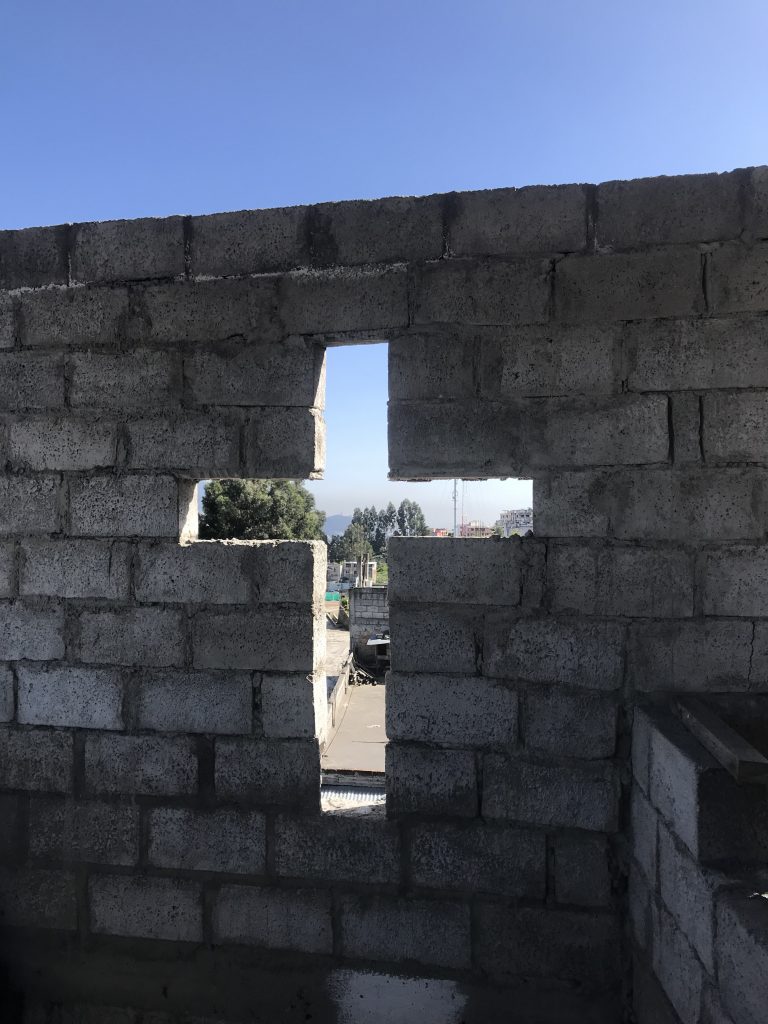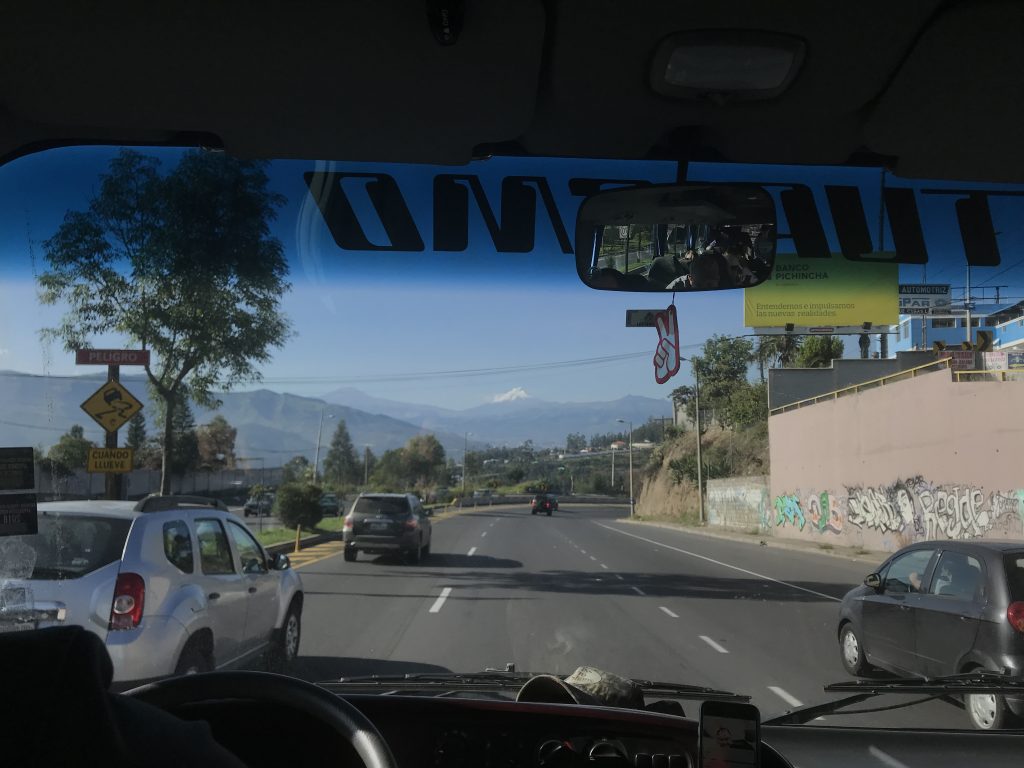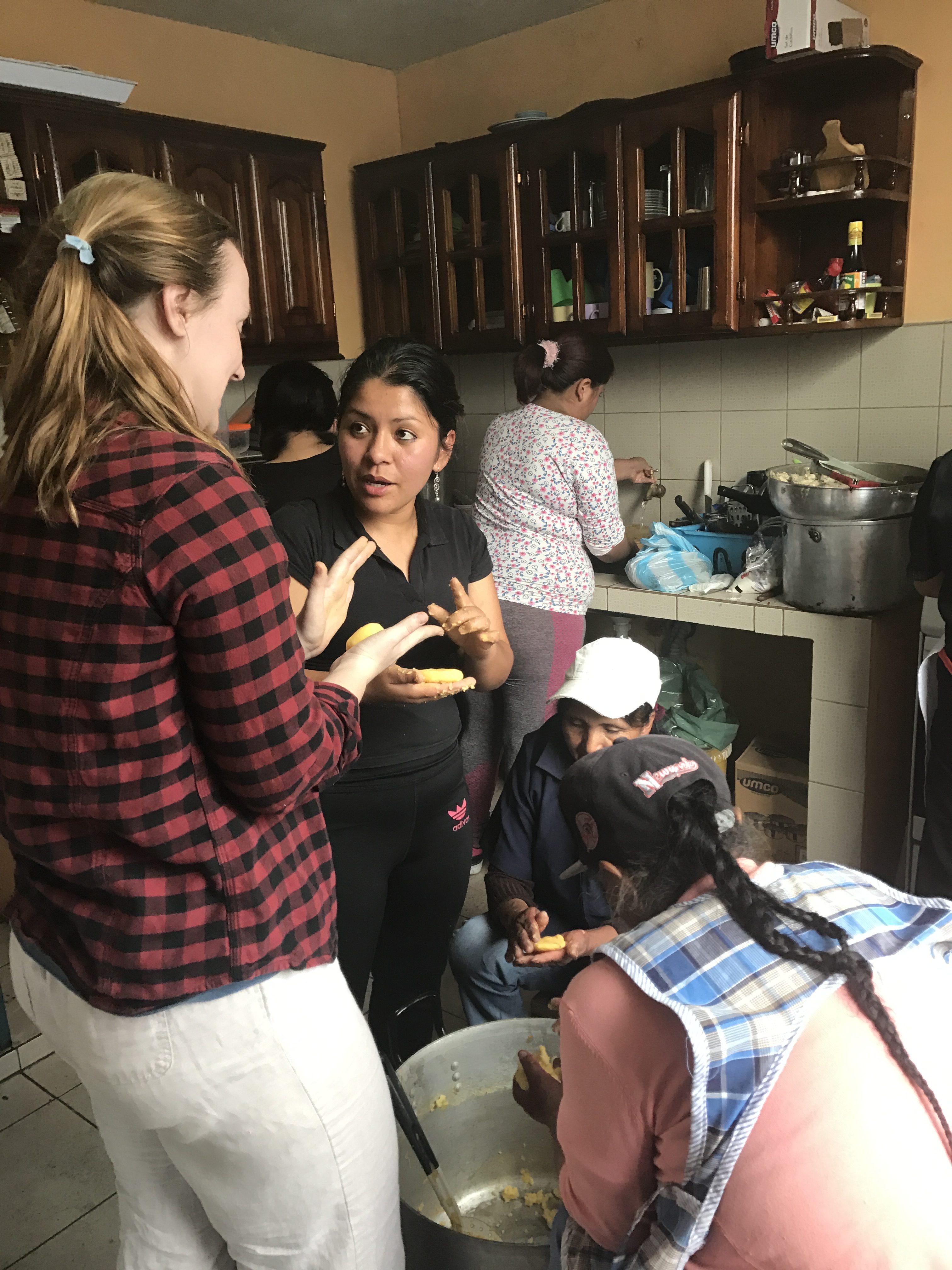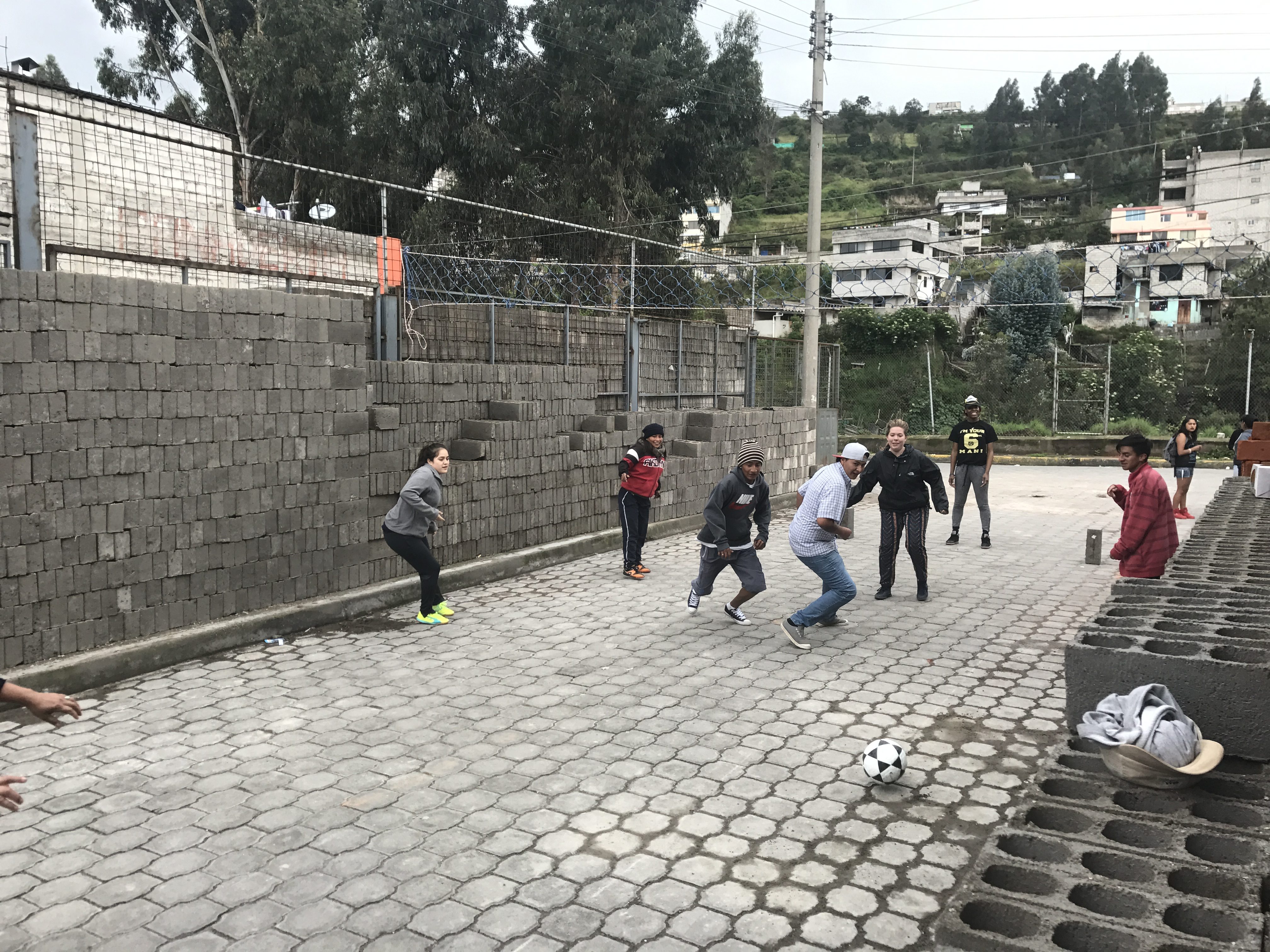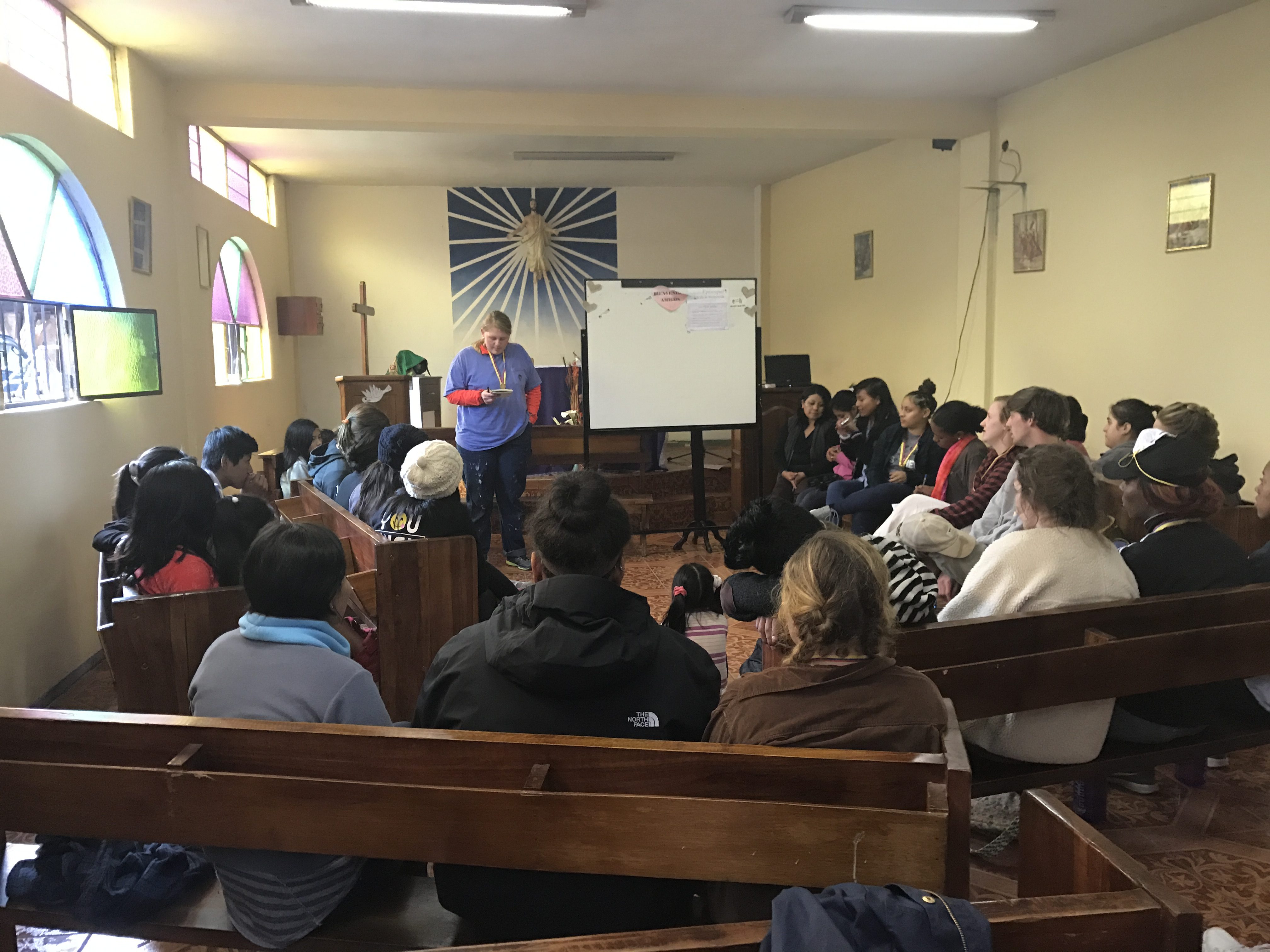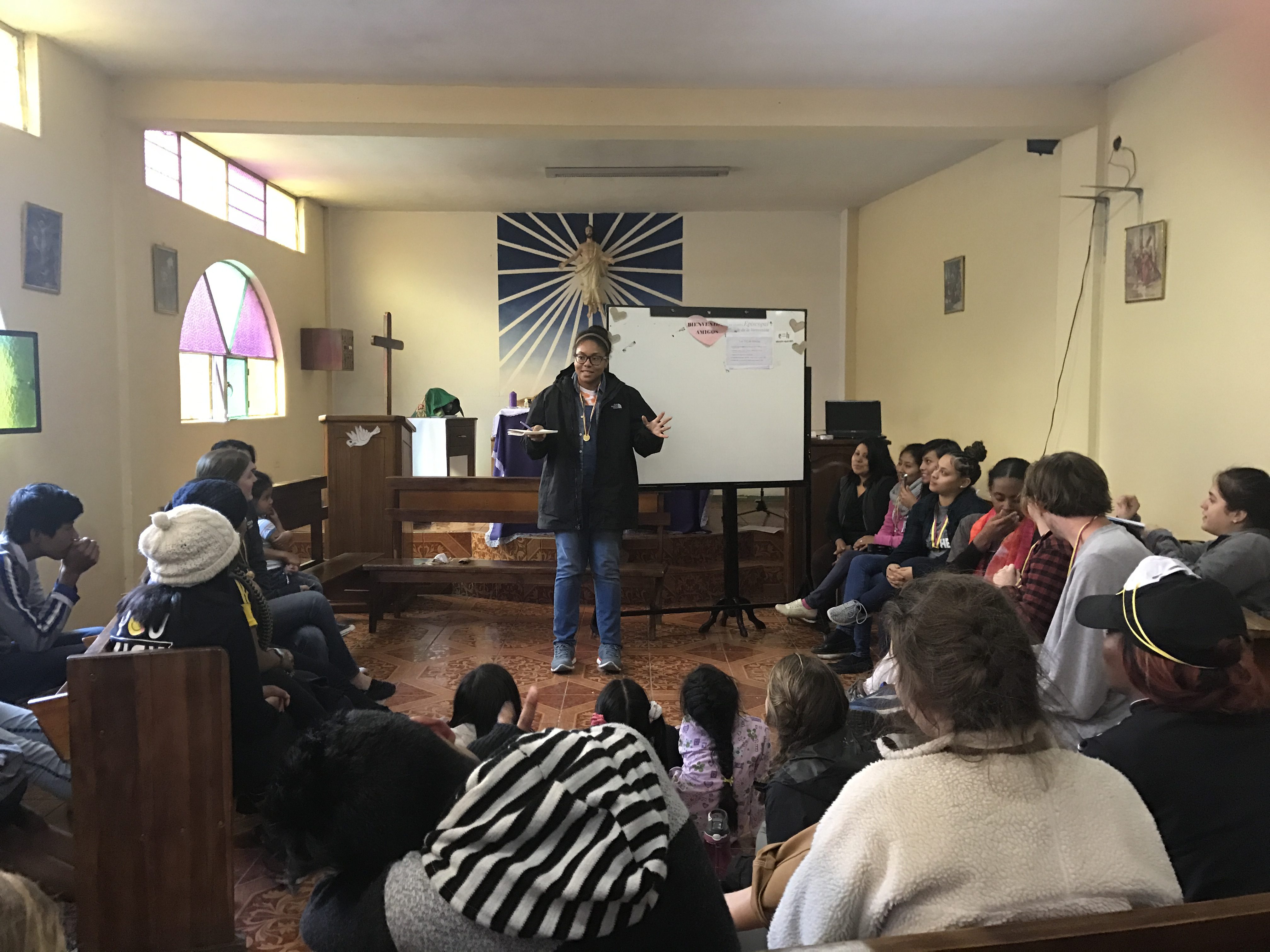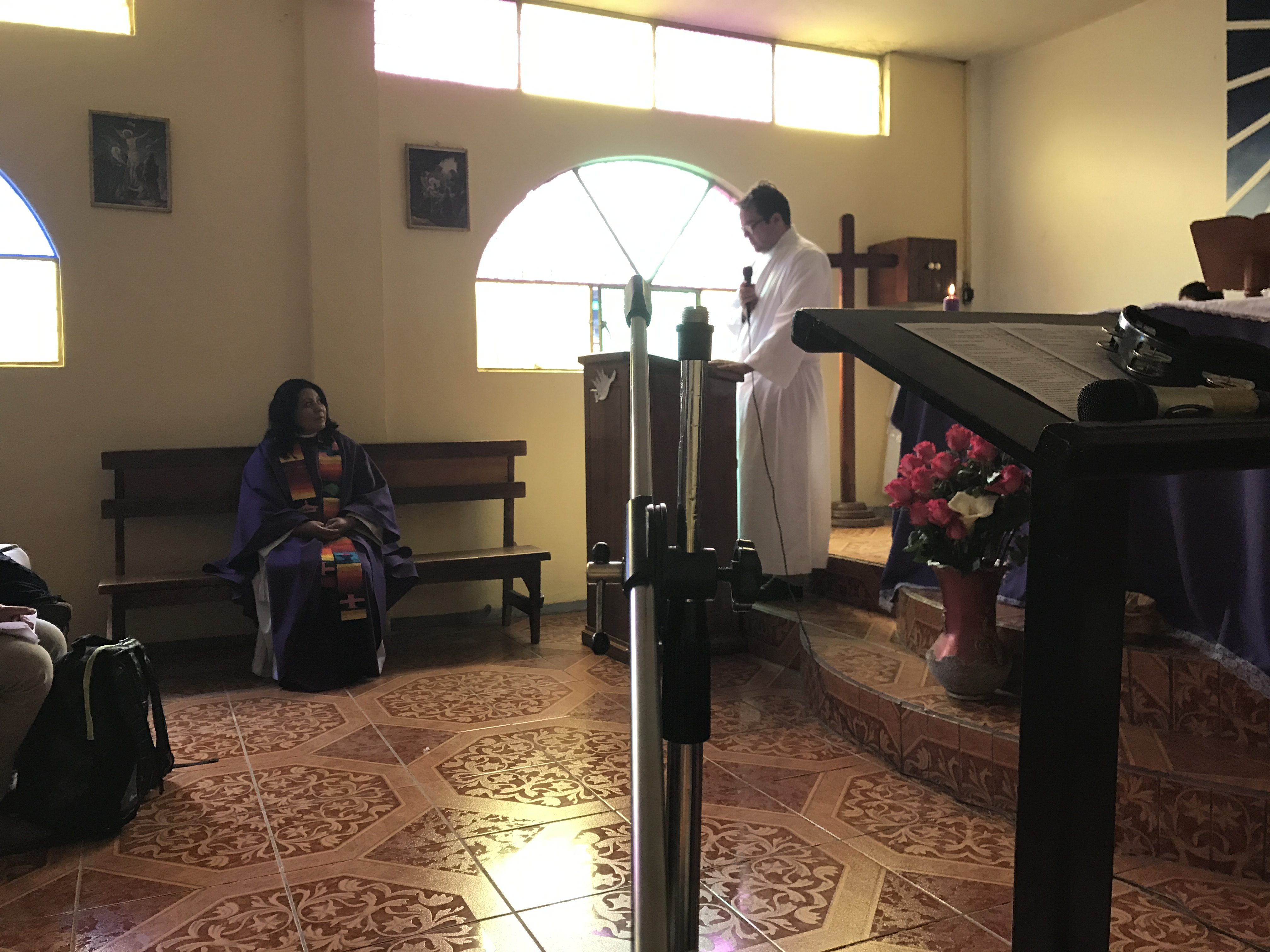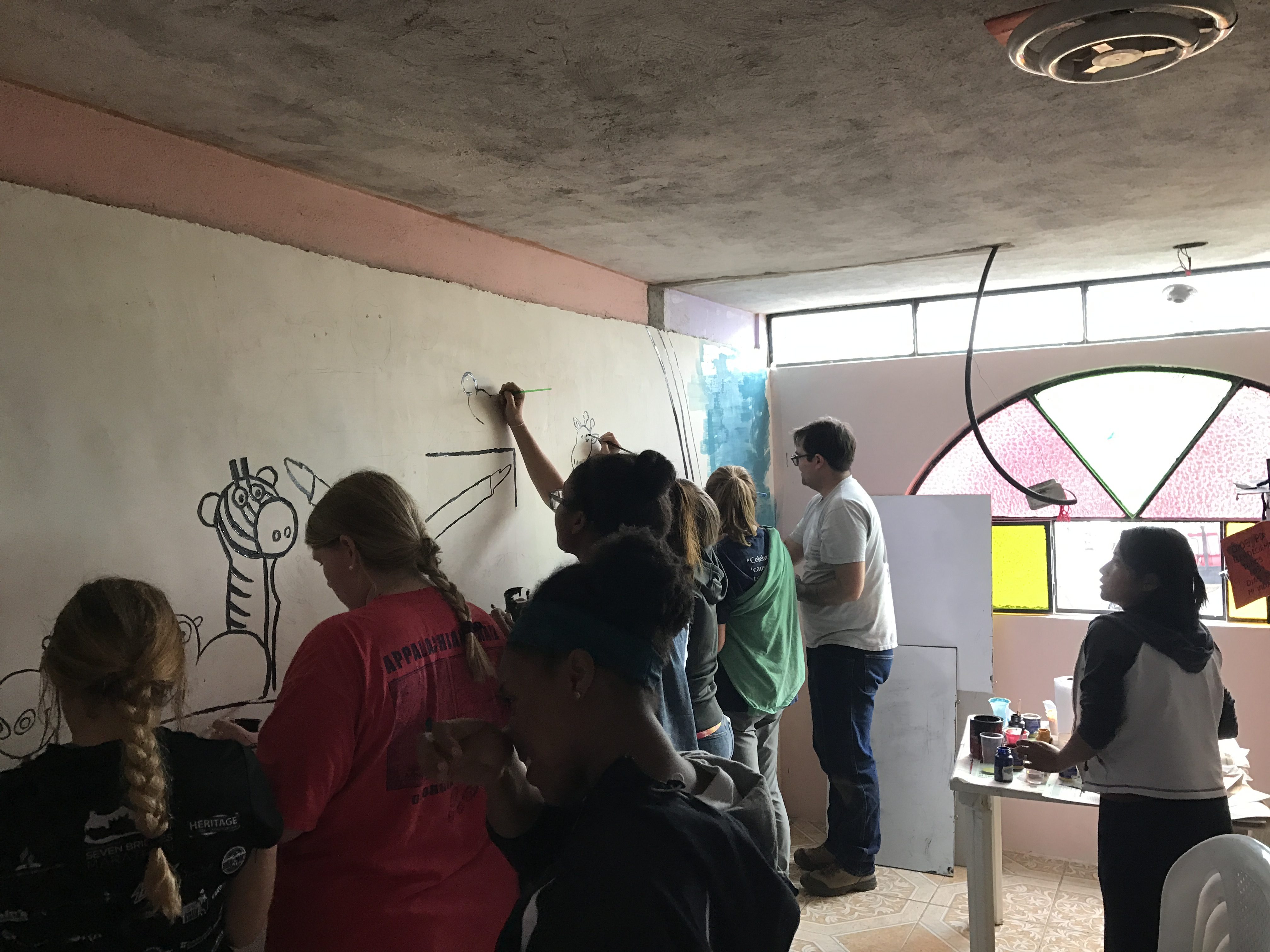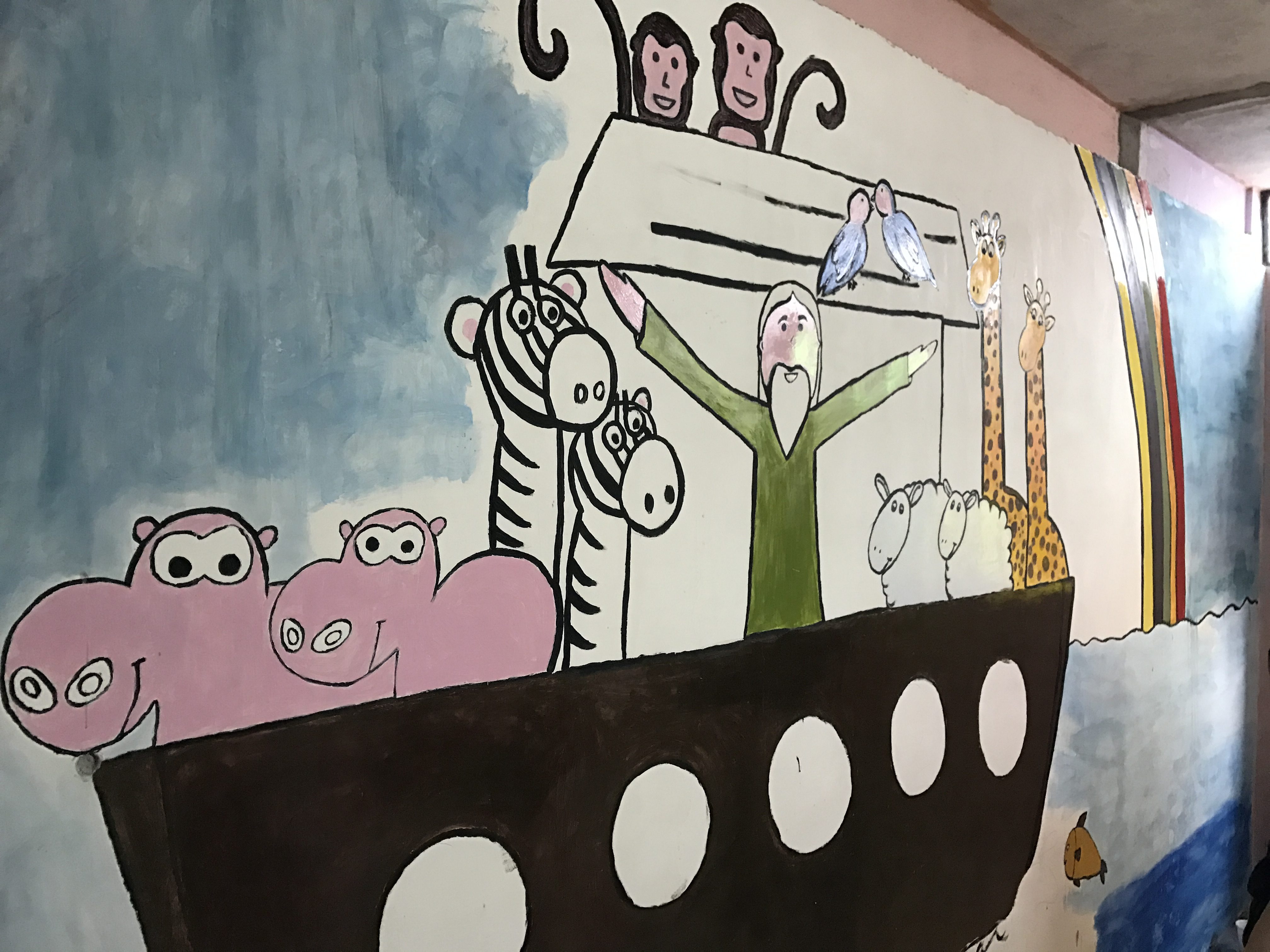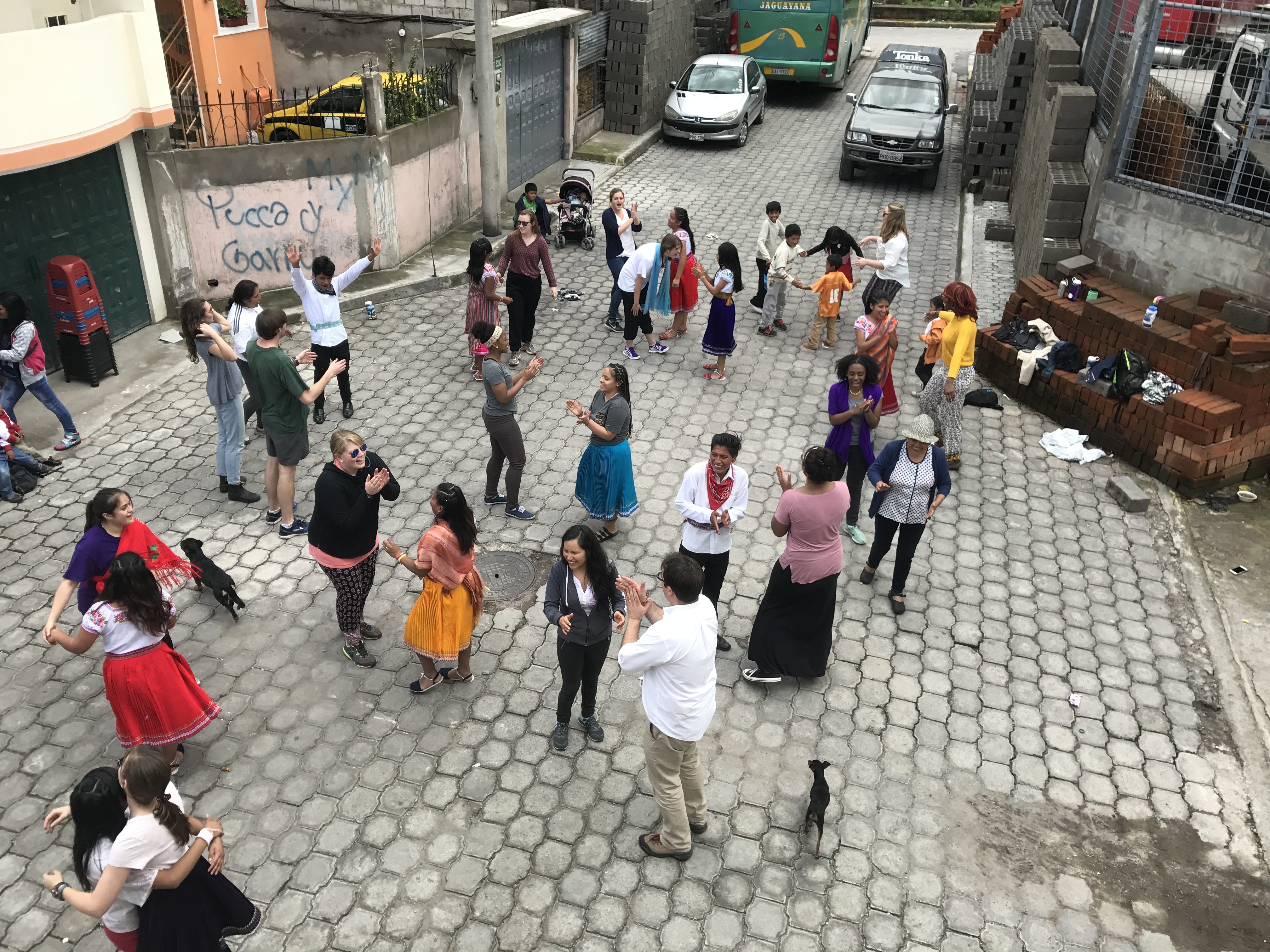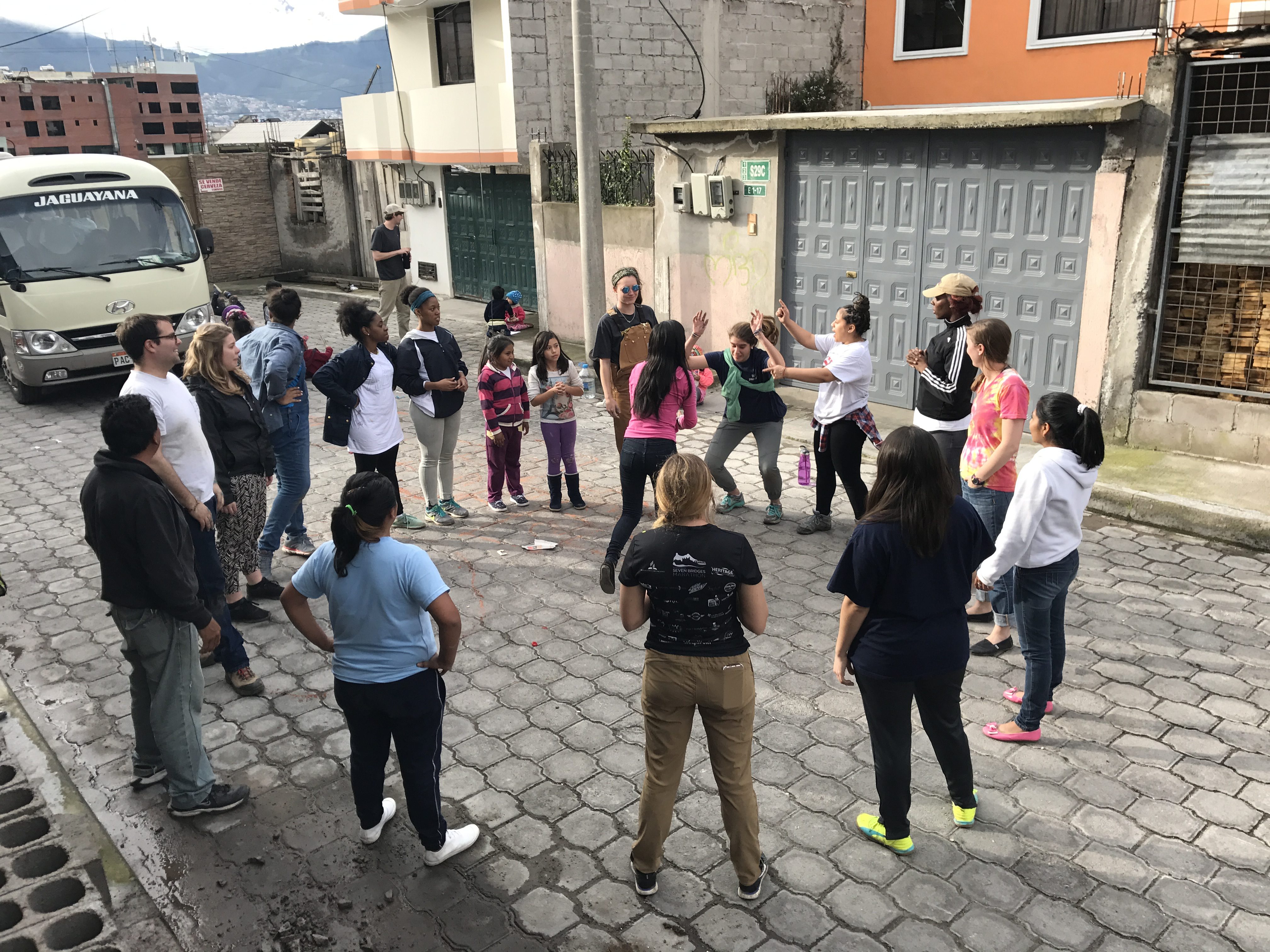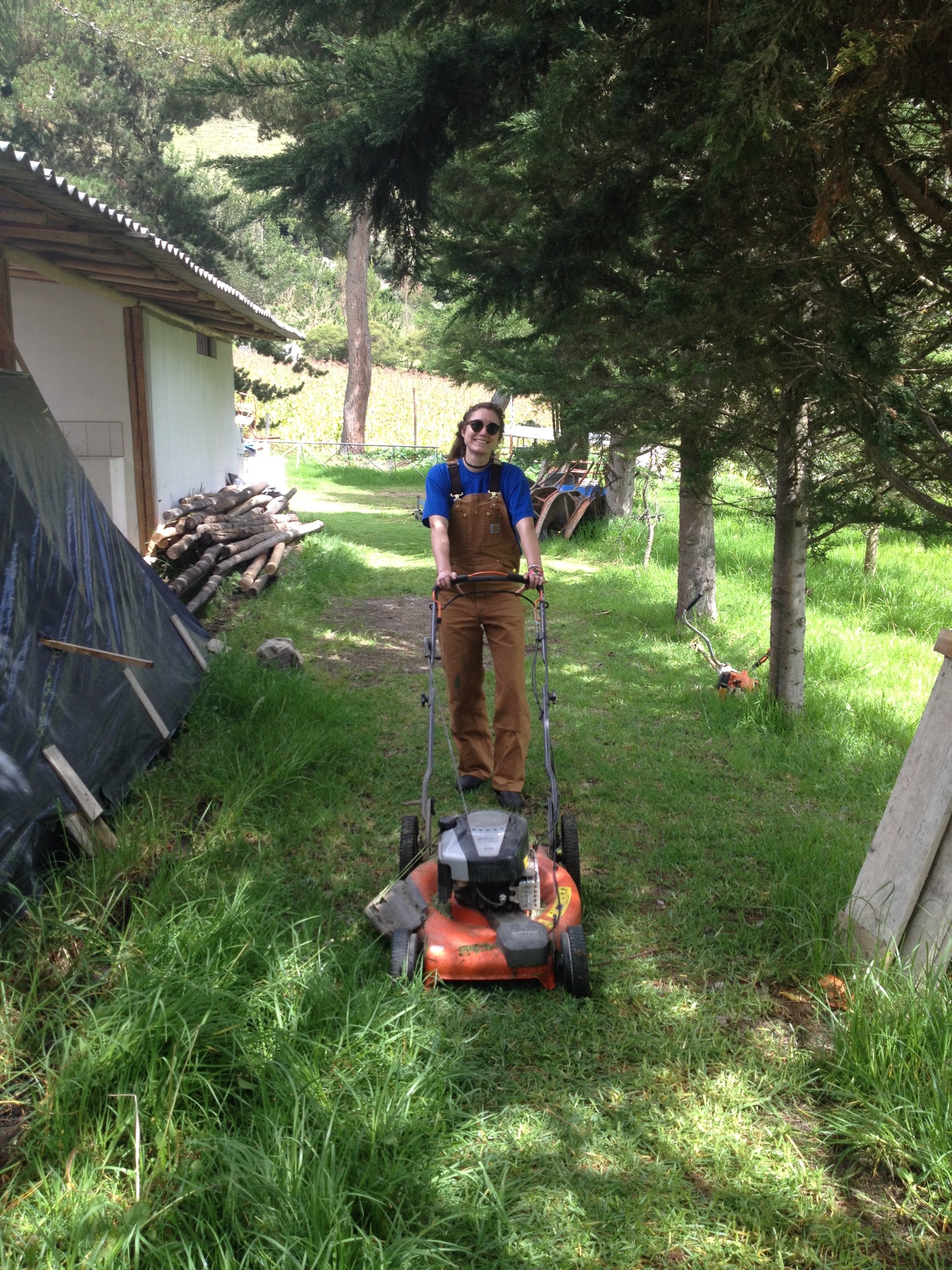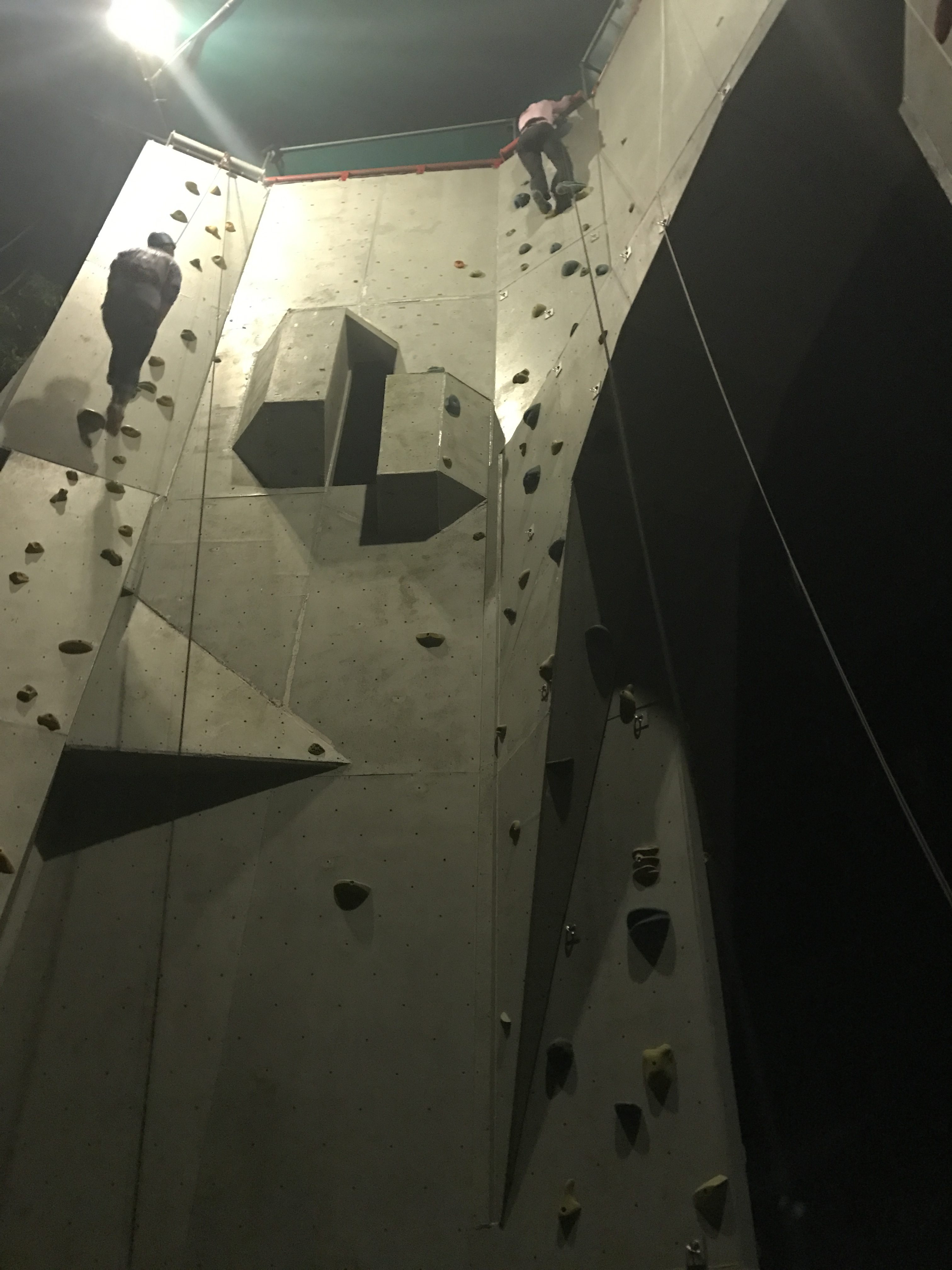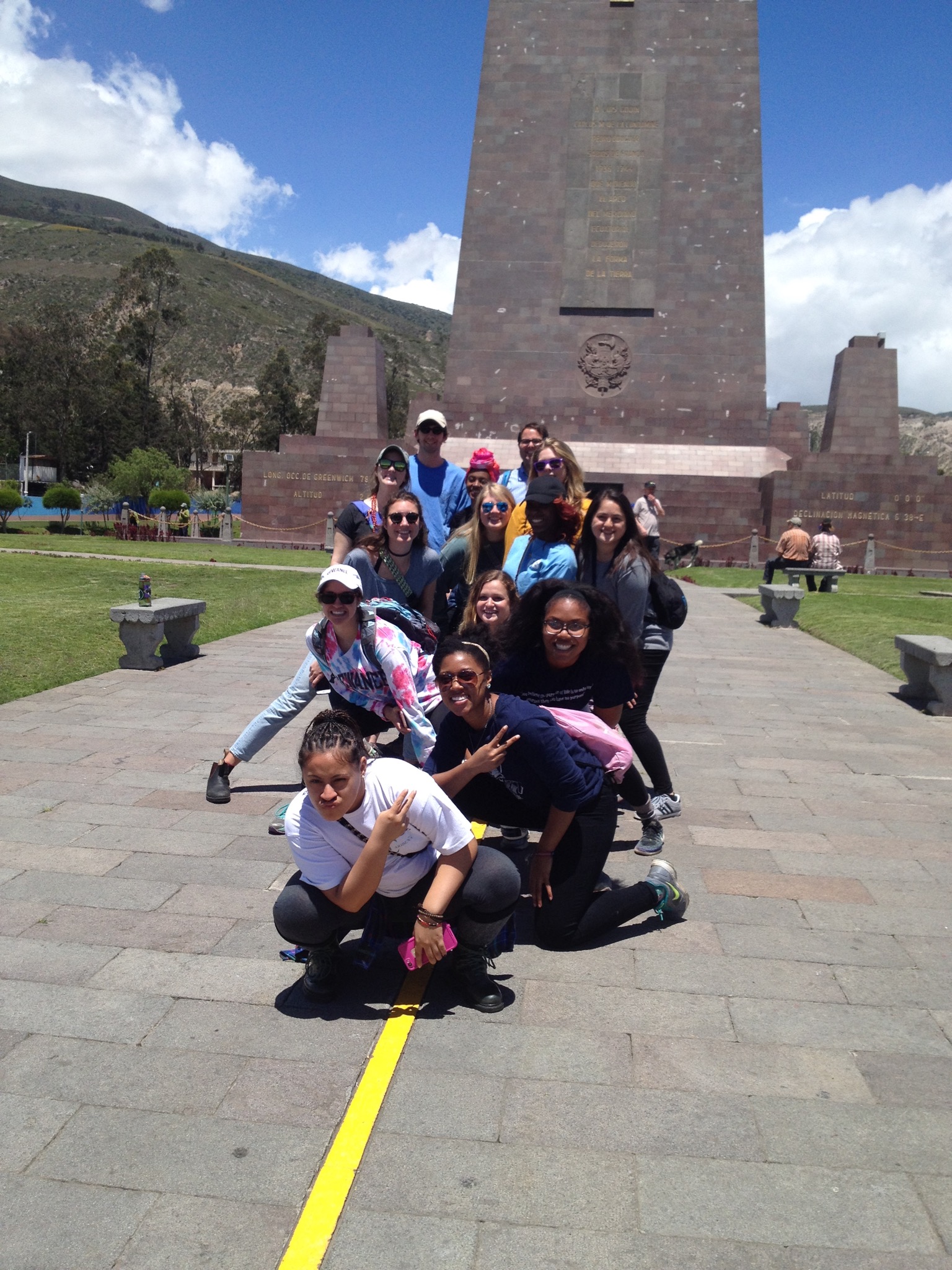
As a staff at Soapstone, we have been reading Liturgy of the Ordinary by Tish Harrison Warren. From the first chapter, it has sparked a lot of conversations both about how we are mindful of our faith in everyday activities, but also about having intentionality in all aspects of worship.
I have used many of her examples about Baptism in the last few weeks as I have taught Confirmation and UMYF, and led discussions on missions. The call to Remember our Baptism keeps bringing me back to living in Gaujaló and working at Emaús. At Emaús, the Baptismal font lives right next to the door so it’s easy to touch the water and be mindful of it upon entering for work or worship. When Lourdes was the priest in charge here, she would end every single service by sending water flying with a metal “flinger.” I’m sure there’s some ecclesiastical term* for it, but “flinger” really gives you a picture of what happened. Because Lourdes has an arm. I think she missed her calling as a softball pitcher. When that water was flung at the face, it hurt. You couldn’t help but remember your Baptism.
Lourdes used to use the same flinger, or sometimes a branch, to send water all over the place when she would bless a house for someone who had just moved in (including when her own family and I moved into the house above the tienda). The blessing of the household was a reminder that God is present with us not just in the church building, but all throughout his creation, even what we consider the mundane. My friend (and star youth ministry volunteer) Sylvia remarked recently that her biggest monthly expense is rent, so in being mindful of how she uses her resources, she tries to find ways to use her home as a place of fellowship to glorify God, and I’ve appreciated that reminder as well.
There have been two Baptisms of small children since I’ve been at Soapstone. The first was of an infant who looked over his mothers shoulder the whole time trying to see the font. He wiggled and squirmed quietly, not trying to escape, but trying to get in the water. He just wanted to dive right into the water if Baptism. The second was an elementary-aged girl who seemed very skeptical as Pastor Laura began drenching her, but began to smile as the words of blessing were spoken over her. You could see in the change of her expression the way she was beginning to give in to what God was already doing.
At different times in my own life, I would describe both of those reactions as “mood.”
There’s nothing special about the water in the font, or on the flinger, or on my face or the wall of a home. But there’s a reminder in seeing and touching and hearing it splash of the fellowship and the Grace that we get to live into every day. And writing this post four feet from the font and ten feet from my team members, I’m excited I get to live into that with a new group at one of my favorite places for another week.
*Turns out when I looked this up, even the Catholic supply stores refer to the “flinger” as a “Holy Water Sprinkler.”

